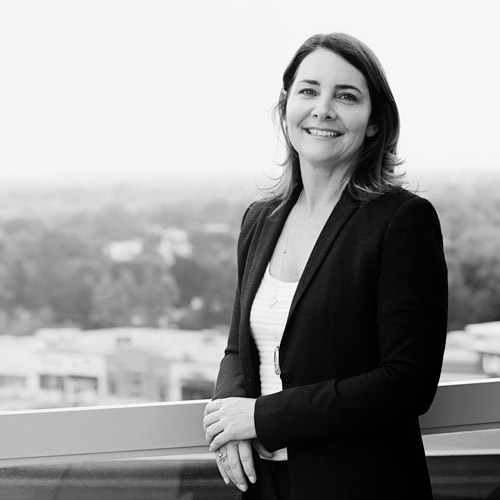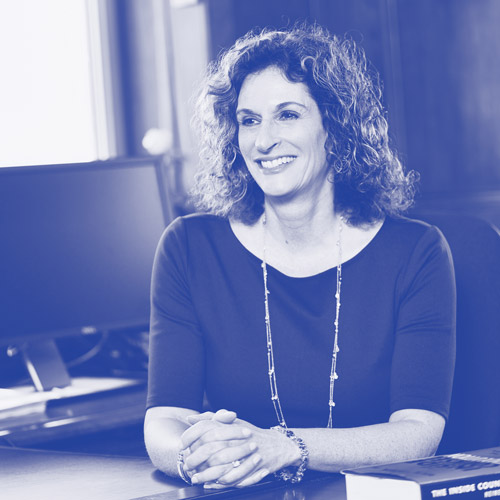Puget Sound Energy (PSE) chief financial officer Daniel Doyle once put a hold on more than 300 proposed IT projects. Despite that move, one of Doyle’s closest allies at the Washington state energy company that serves roughly 1.1 million electric and 800,000 natural gas customers is chief information officer Margaret Hopkins. Together, Doyle and Hopkins are teaming up to implement a major integration management project that they say will completely transform the way Puget Sound Energy operates.
When Doyle put a hold on that $111 million of proposed IT project spending, it wasn’t about cutting the budget. Instead, it was about aligning resource capacity with the strategic direction of the company. “I didn’t want to withhold money, but our plate was already quite full, and I wanted to make sure money was available for the right projects, at the right time, and with the right business cases,” Doyle explains. “I wanted to provide our CIO and the entire IT team the opportunity to introduce technology with more strategic intent and business case rationale.”
Hopkins joined PSE in 2009 and accepted her current leadership role in 2013. As Doyle and Hopkins’s professional relationship grew, they realized the potential in working together. “The CIO and CFO can work closely to enact an IT vision that’s strategically driven and sequenced to get the resources it needs to meet strategic and business case objectives,” Doyle says.
Three years ago, the duo started working to change how projects got approved, funded, and implemented. Now, Hopkins’s budget is the highest it has been and is more strategically focused. Prior to this effort, PSE used a disconnected budget system with four platforms and many different account structures. As a result, it was difficult to track dollars and predict spending.
Doyle and Hopkins reassessed organizational capabilities and launched a financial-transparency improvement project to address these issues. In the initial planning phase, Hopkins recognized that the core system needed for this effort was nineteen years old, highly customized, and expensive to maintain. As a result, the underlying technology platform was in need of a major uplift.
That’s when the two leaders realized a full overhaul was in order. “If you’re opening up your business like a patient on the operating table, you might as well do two major procedures at once,” Hopkins says. Her early conversations with Doyle about transparency, budgets, and efficiency have now turned into a full-integration management project designed to unite disparate systems and increase efficiency through higher degrees of rigor, new organizational change management practices, and improved project management practices.
In early 2017, their teams will go live with a consistent budgeting tool for all PSE employees to see and use on the same platform. “This will give us transparency across the board, enable faster and better decision making, and bring a new level of financial acumen to the whole firm,” Doyle says.
He and Hopkins are expecting dynamic results. “We’re simplifying the back office functions and minimizing customizations by leveraging out-of-the-box technology solutions to maximize long-term savings,” Hopkins says. And that simplicity is key. Previously, financial leaders used thousands of spreadsheets to budget and forecast operations throughout the year, a process that was inefficient and prone to error. The new, single-source-of-truth digital model eliminates those spreadsheets and automates the process so employees can spend their time managing the business instead of moving and manipulating data through spreadsheets.
Change is difficult in any organization, and in an energy utility with 3,000 employees, people need to see clear direction. Hopkins and Doyle have worked to cast vision and set tone. They’ve communicated in clear and consistent ways while expecting a certain learning curve. The implementation ties into a larger cultural change toward greater accountability. After all, it’s difficult to drive accountability when the organization doesn’t have the right tools, transparency, or reporting. “When the system goes live, we will have the foundation in place to better manage our work, which will lead to greater accountability at all levels in the organization,” Doyle says.
Leaders at PSE are using this project as an example of how new opportunities should arise. “We want to measure ourselves with strong governance at key milestones to set the right example from the start,” Hopkins says, adding that she and Doyle encountered an early problem along the way. They saw costs spike during the design phase. Their team took a time out and dug into the costs, scope, and time line for the project. They realized they were off track, so they split the job into two sequential projects to reduce risk and ensure success.
“Without our new approach to project management—specifically phase gate reviews—we would have had a much riskier project on our hands,” Doyle says. He wants to encourage innovation and risk taking but in the context of sound project management governance. In the future, PSE will vet projects well up front, take collaborative risks, review projects frequently, and implement safety nets and exit strategies.
Leading up to the launch this year, both leaders are optimistic. “Many of the improvements we are making now become the foundational platform on which future business initiatives will build. This is step one,” Hopkins says. Doyle agrees, adding that finances drive other decisions, projects, and programs that require sound data. “We’re looking for fast wins on the budgeting and forecasting front, but we’re also investing in IT infrastructure for the long term that will enable other strategic projects to better serve our customers,” he says. Although PSE is a public utility, customers have alternatives. They are looking at energy differently. And this new program will help PSE keep costs down, set the stage for better customer service, and stay competitive.
Now, other CFOs and CIOs are approaching Hopkins and Doyle for advice. “We’ve learned a lot through this process,” Hopkins says. “Once you embark on an effort of this size, you will inevitably discover more work that needs to be done. Don’t underestimate, and don’t give up. Seek outside help for fresh thinking, and embrace innovation. You’re not aiming for what’s always been done . . . you’re aiming for change.”

